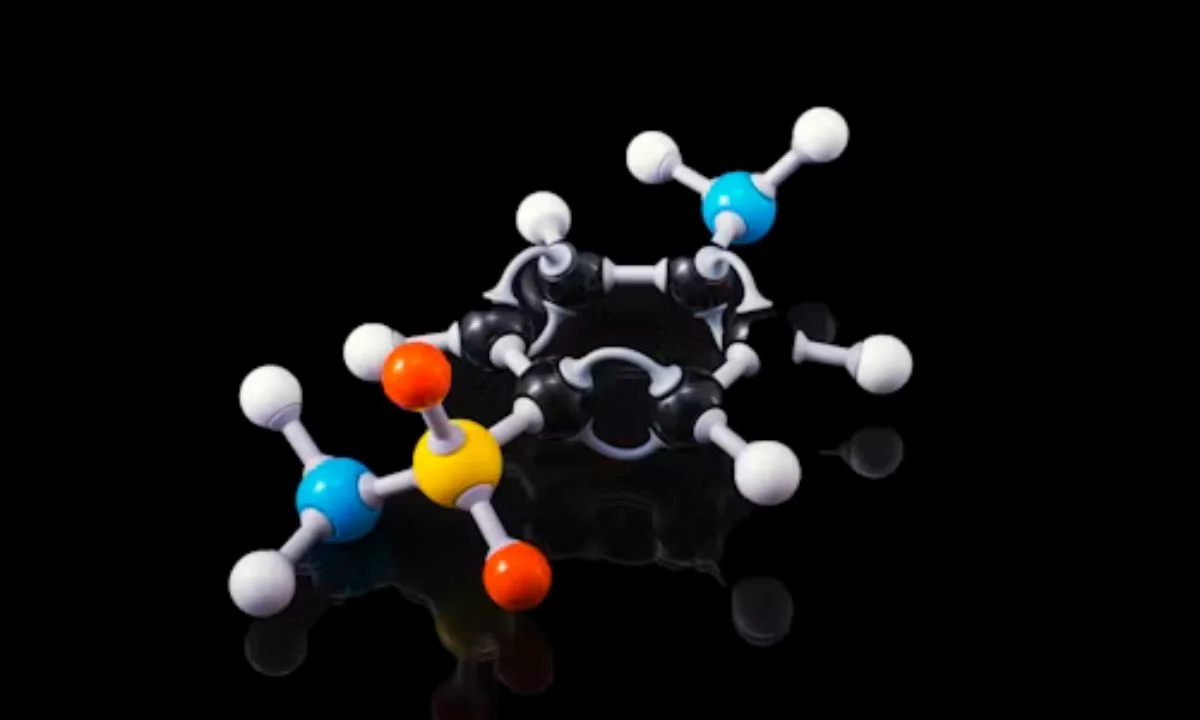Introduction to HCOOCH CH2 H2O
HCOOCH CH2 H2O represents a unique chemical compound with distinct structural characteristics. Its molecular formula can be broken down into three key components: HCOO, CH2, and H2O, each contributing to the compound’s properties and applications. The HCOO, known as formate, is a functional group that signifies the presence of a carboxylate, which plays a pivotal role in the interaction of this compound in biochemical reactions. The carboxylate anion (formate) is often recognized for its involvement in metabolic pathways and energy production processes.
The CH2 portion of the formula refers to the methylene group, which consists of two hydrogen atoms bonded to a carbon atom. This simple hydrocarbon structure is crucial for establishing the compound’s reactivity and stability. Methylene groups are commonly found in organic molecules, serving as fundamental building blocks in various chemical syntheses and biological pathways. The presence of these groups can also influence the compound’s polarity and solubility in different solvents.
The inclusion of H2O, or water, is particularly significant, indicating that HCOOCH CH2 H2O exists in a hydrated form. Water, a universal solvent, plays an essential role in facilitating chemical reactions, serving as a medium for the transport of nutrients, and participating in various physiological processes. This aspect is crucial for applications in biological systems, where hydration states can impact enzyme functionality and metabolic efficiency.
Overall, HCOOCH CH2 H2O displays a range of applications spanning chemistry, biology, and industry. Its unique chemical structure not only underpins its reactivity and stability but also underscores its significance in various fields, from pharmaceuticals to environmental chemistry. The forthcoming sections will delve deeper into its properties and numerous uses, enhancing the understanding of this interesting compound.
Chemical Properties of HCOOCH CH2 H2O
HCOOCH CH2 H2O, known chemically as an ester, possesses several unique chemical properties that make it valuable in various applications. Its solubility in polar solvents, such as water and alcohols, is noteworthy, as it allows for effective interaction with different environmental factors and compounds. The molecular structure of HCOOCH CH2 H2O contributes to its ability to dissolve in these solvents, which enhances its utility in chemical synthesis and organic reactions.
Reactivity is another prominent characteristic of HCOOCH CH2 H2O. This compound can act as a nucleophile and participate in nucleophilic substitution reactions, often reacting with halides or other electrophilic compounds. This behavior enables HCOOCH CH2 H2O to be synthesized and transformed into a multitude of derivatives that are useful in industrial and laboratory settings.
Stability is crucial for practical applications, and HCOOCH CH2 H2O demonstrates a good degree of stability under normal conditions. However, like many organic compounds, it can undergo hydrolysis when exposed to acidic or basic conditions, leading to a breakdown into its constituent components. This property is particularly important when considering the storage and handling of HCOOCH CH2 H2O in various environments.
The pH behavior of HCOOCH CH2 H2O is significant in contexts like agricultural chemistry and pharmaceuticals. In dilute aqueous solutions, its slight acidity can influence reactions and compatibility with other substances, making it essential in formulating products. Compared to other similar compounds, HCOOCH CH2 H2O showcases a balance of reactivity, stability, and solubility that positions it as an important compound for research and various chemical applications. The ability to interact effectively with multiple substances broadens its scope in chemical synthesis and further emphasizes its relevance in the field.

Applications of HCOOCH CH2 H2O in Industry and Research
HCOOCH CH2 H2O, commonly known as methyl formate, plays a pivotal role in various industrial applications and research disciplines. Its unique chemical properties make it a valuable component in the synthesis of numerous compounds and products, which significantly contribute to advancements across multiple fields.
In the pharmaceutical industry, HCOOCH CH2 H2O is utilized as a solvent and reagent in the synthesis of active pharmaceutical ingredients (APIs). This compound facilitates chemical reactions that lead to the creation of essential medications, including analgesics and antipyretics. Furthermore, researchers are exploring its potential in drug delivery systems, where its ability to enhance the solubility of poorly soluble drugs proves beneficial.
In agriculture, methyl formate is gaining recognition due to its potent insecticidal properties. It is employed as a fumigant to control pests in stored grains and other products, thereby enhancing crop preservation. Its effectiveness is partly attributed to its ability to penetrate insect exoskeletons, leading to mortality. Additionally, the compound is considered an environmentally friendly alternative to more toxic chemical pesticides.
Materials science also benefits from the application of HCOOCH CH2 H2O. This compound is involved in the production of bio-based polymers and resins that exhibit desirable mechanical and thermal properties. Research has shown that incorporating this compound can enhance material performance while contributing to sustainability goals by replacing petroleum-derived alternatives.
In environmental studies, HCOOCH CH2 H2O is analyzed for its role in water treatment processes. Its ability to act as a biodegradable solvent can be harnessed in the development of greener methodologies for waste management. Case studies demonstrate its effectiveness in reducing hazardous waste generation, paving the way for innovative approaches to environmental sustainability.
Future Perspectives on HCOOCH CH2 H2O
The potential for HCOOCH CH2 H2O, or formic acid methyl ester, in various applications is only beginning to be fully understood, paving the way for future research and innovation. As scientists delve deeper into the compound’s unique properties, several emerging trends are likely to shape its future utilization. One of the most promising directions is the exploration of sustainable applications. Given the increasing global focus on eco-friendly practices, HCOOCH CH2 H2O may emerge as a green solvent alternative in chemical processes. Its biodegradability and lower toxicity profile compared to conventional solvents can serve as a catalyst for the chemical industry’s shift toward sustainability.
Furthermore, advancements in synthetic methodologies will enable more efficient production routes for HCOOCH CH2 H2O, thus expanding its accessibility for various applications. By harnessing innovative techniques such as enzyme catalysis or biotechnological approaches, researchers aim to optimize the synthesis process while minimizing waste and energy consumption. This could lead to a reduction in production costs, thereby encouraging its adoption in numerous industries, from pharmaceuticals to agrochemicals.
However, the path forward is not without challenges. Ongoing research must address the limitations related to the stability and reactivity of HCOOCH CH2 H2O under various conditions. Ensuring predictable performance in commercial settings will be crucial for its widespread application. Moreover, comprehensive safety evaluations will be necessary to confirm its viability compared to existing alternatives. Therefore, it is imperative to maintain a robust framework for continued study and innovation surrounding HCOOCH CH2 H2O. By tackling these challenges head-on, the scientific community can unlock the full potential of HCOOCH CH2 H2O, leading to novel applications that can revolutionize several sectors.

Leave a Reply